antique tube radio?
linnix
15 years ago
Related Stories
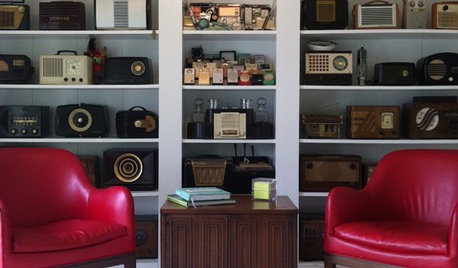
VINTAGE STYLETune In to Vintage Radios as Home Decor
Do touch that dial. Old-time radios are showing up in modern-day homes, broadcasting a possible trend
Full Story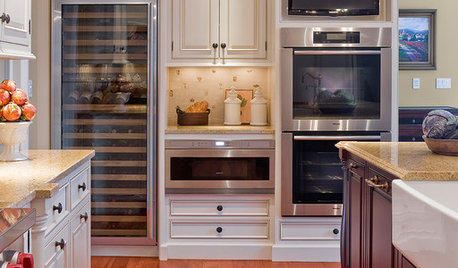
KITCHEN DESIGNGlued to the Tube: 14 Ways to Put a TV in the Kitchen
If you must, here's how to work a flat screen into your kitchen design
Full Story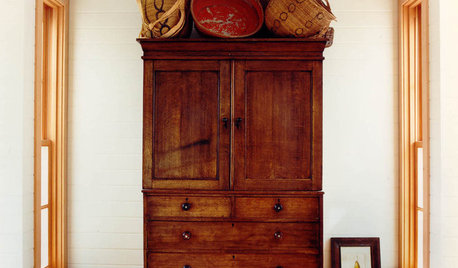
DECORATING GUIDESA Beginner's Mini Guide to Buying Antiques
Experience the thrill of the hunt without ignorance ruining the spoils, with this guide to antiquing for novice buyers
Full Story
DECORATING GUIDES12 Antique Store Finds to Nab Now, Place Later
See the accessories one decorator always buys when she spots them — as long as she gets there first
Full Story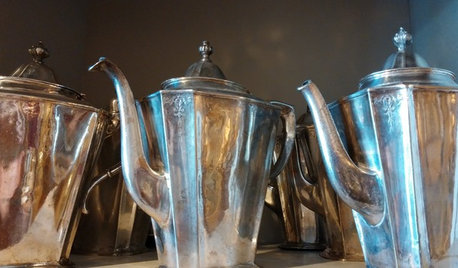
TRADITIONAL STYLEDecorating With Antiques: Silver’s Legacy
Learn how to tell sterling from plate, ways to display pieces and why silver is so darn special to begin with
Full Story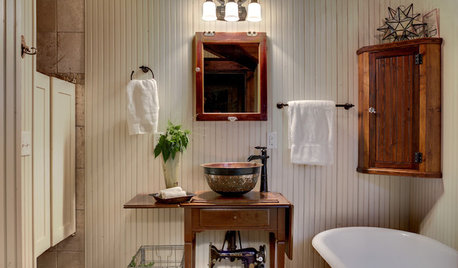
VINTAGE STYLEAntique Sewing Machines: Tailor Made for Nostalgic Decor
In full-on vintage rooms or contrasting modern looks, old sewing machines and tables are stirring up the past in a most stylish way
Full Story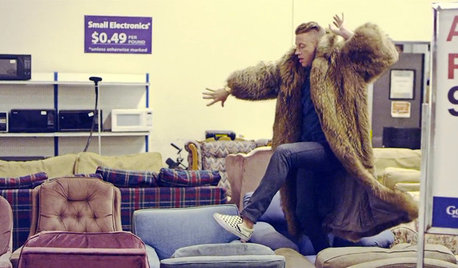
BUDGET DECORATINGPop Culture Watch: Get a Good Rap With Thrift Store Scores
Eight rooms that rock secondhand finds, in an ideabook inspired by rappers taking YouTube by storm
Full Story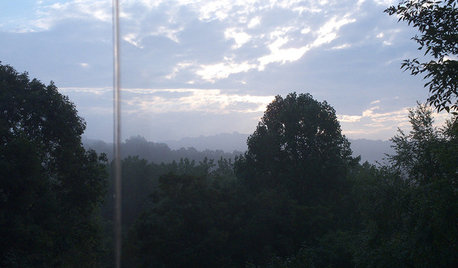
ARCHITECTURE4 Things a Hurricane Teaches You About Good Design
When the power goes out, a home's design can be as important as packaged food and a hand-crank radio. See how from a firsthand account
Full Story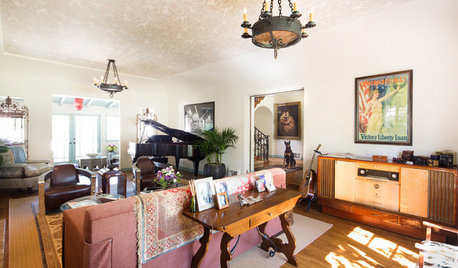
ECLECTIC HOMESHouzz Tour: A Spanish Colonial Gets Bohemian Bravado
Collections (like vintage radios) and pets (all 6 of them) are right at home in this couple’s South Pasadena home
Full Story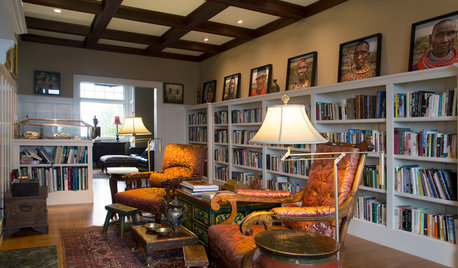
HOUZZ TOURSMy Houzz: A Home Filled With Warm Memories of Travel
Antiques and pictures from a photographer’s world travels add character to her Northern California residence
Full StoryMore Discussions






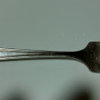
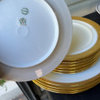


lindac
maryland_irisman
Related Professionals
Potomac Furniture & Accessories · Caledonia Interior Designers & Decorators · Acworth Painters · New Territory Painters · Lisle Painters · Newberg Painters · San Anselmo Painters · Houston Furniture & Accessories · Atlantic Beach Furniture & Accessories · Zionsville Furniture & Accessories · Clive Furniture & Accessories · Pinecrest Professional Organizers · Roselle Professional Organizers · San Diego Professional Organizers · Yorkville Professional Organizersjemdandy
maryland_irisman
jemdandy
maryland_irisman
lazypup
sombreuil_mongrel
jaybird
lazypup
sombreuil_mongrel
maryland_irisman
lazypup
maryland_irisman